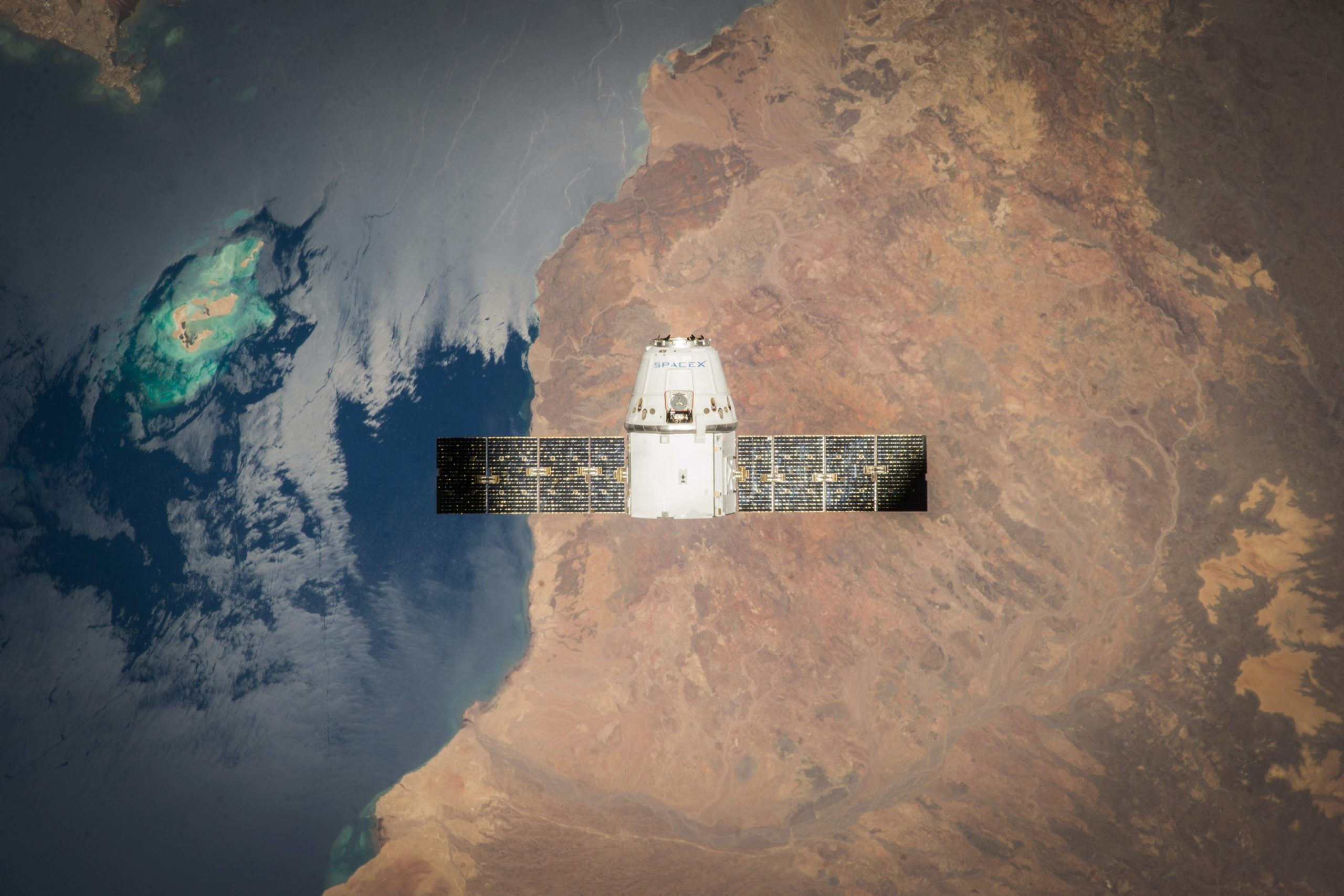The Federal Communications Commission (FCC) proposed today a series of changes in the low-earth orbit (LEO) satellite systems rules, including a new spectrum sharing regulation that aims to protect providers who have been approved in early processing rounds of an application. These potential changes will take public comment before being considered for adoption.
Spectrum Sharing
Applications for non-geostationary satellite orbit, fixed-satellite service (NGSO FSS) licenses are considered in groups based on filling date and processed in rounds. A company may apply in response to a public notice initiating a processing round or try an application at any time; in that case, the FCC must initiate a new processing round, which is open to any other NGSO FSS provider.
Currently, when the FCC approves new applicants, the NGSO FSS operators must coordinate the use of commonly authorized frequencies with one another “in good faith”, splitting the spectrum between them. However, there was no clear indication of what the spectrum limits would be.
The biggest change proposed by today’s FCC meeting is that the default spectrum-splitting procedure should be limited to systems authorised through the same processing round.
“We believe that adopting a rule limiting the existing spectrum-splitting procedure to only NGSO FSS systems authorized within the same processing round will provide greater clarity and regulatory certainty to NGSO FSS system licensees and market access recipients,” the proposed rulemaking document reads.
Protecting Early Stakeholders
Another potential change would be an increase of protection for companies who have been approved in earlier processing rounds. If fully adopted, NGSO FSS systems filed in a later processing round would be required to protect systems authorised earlier.
Prior to initiating operations, an NGSO FSS licensee or market access recipient would need to either:
- Certify that it has completed a coordination agreement with any operational NGSO FSS system licensed or granted US market access in an earlier processing round or
- Demonstrate that it will not cause harmful interference to any system with which coordination has not been completed.
“Today, we are taking note of the significant increase in innovative lower earth satellite systems seeking to offer broadband with higher speeds and lower latencies. This is exciting,” FCC Chairwoman Jessica Rosenworcel said during the meeting.
According to her, the US regulatory framework needs to keep up with the technological and societal changes. “Despite the revolutionary activity in our skies, the regulatory framework that we rely on and shaped these efforts [the revolutionary activity], quite honestly, are dated.”
FCC Will Define Numbers
The main challenge will be figuring out a way to measure the level of protection. SpaceX recommended the FCC develop and adopt an appropriate interference-to-noise (I/N) limit, but other companies suggested different approaches.
ViaSat suggested the use of network performance degradation as an interference criterion, while AST recommended an approach that is harmonized with ITU recommendations. The ITU’s criterion is based on the increase of the percentage of the time allowance for the carrier-to-noise (C/N) value associated with the shortest percentage of time specified in the short-term performance objective of the system to be protected.
O3b proposed that NGSO FSS systems authorized through different processing rounds make use of the existing spectrum-splitting mechanism, but that the earlier round systems be entitled to use 75% of the available spectrum and the later-round systems be entitled to use 25% of the available spectrum.
Most of the suggestions has been proposed by Elon Musk’s SpaceX and reviewed by competitors like OneWeb and ViaSat.







